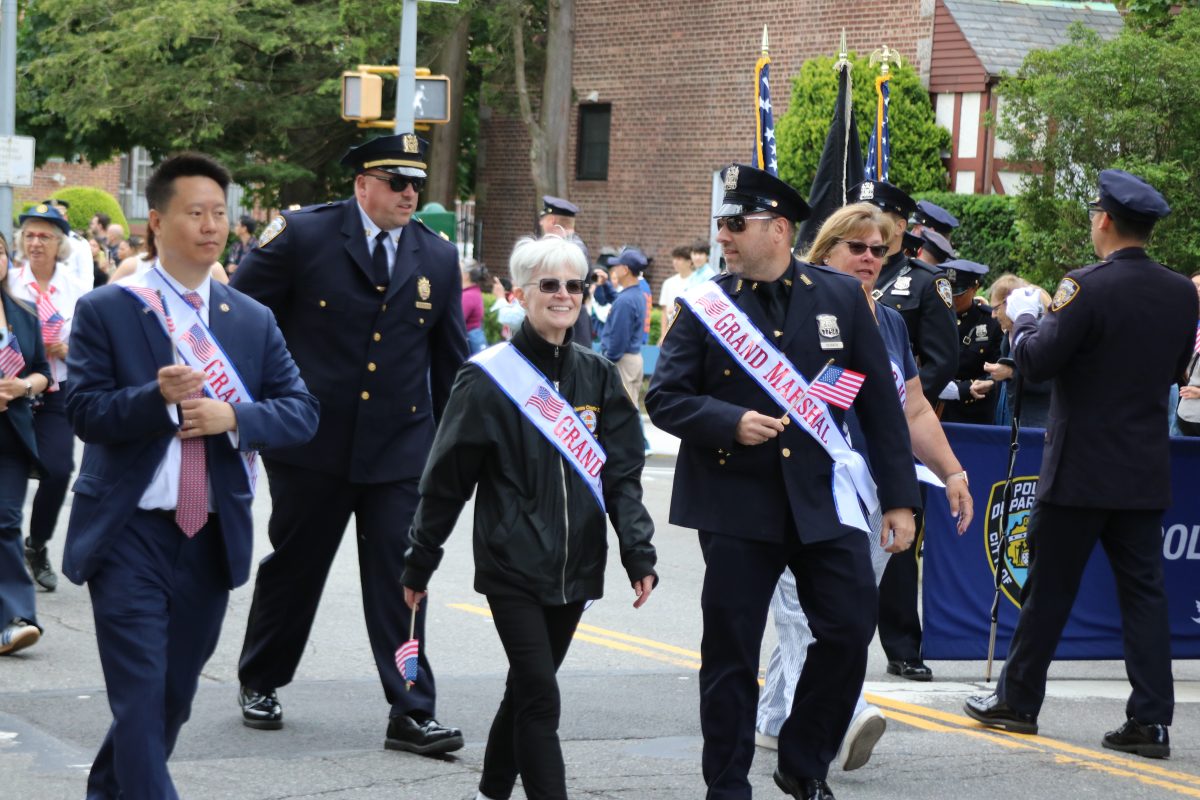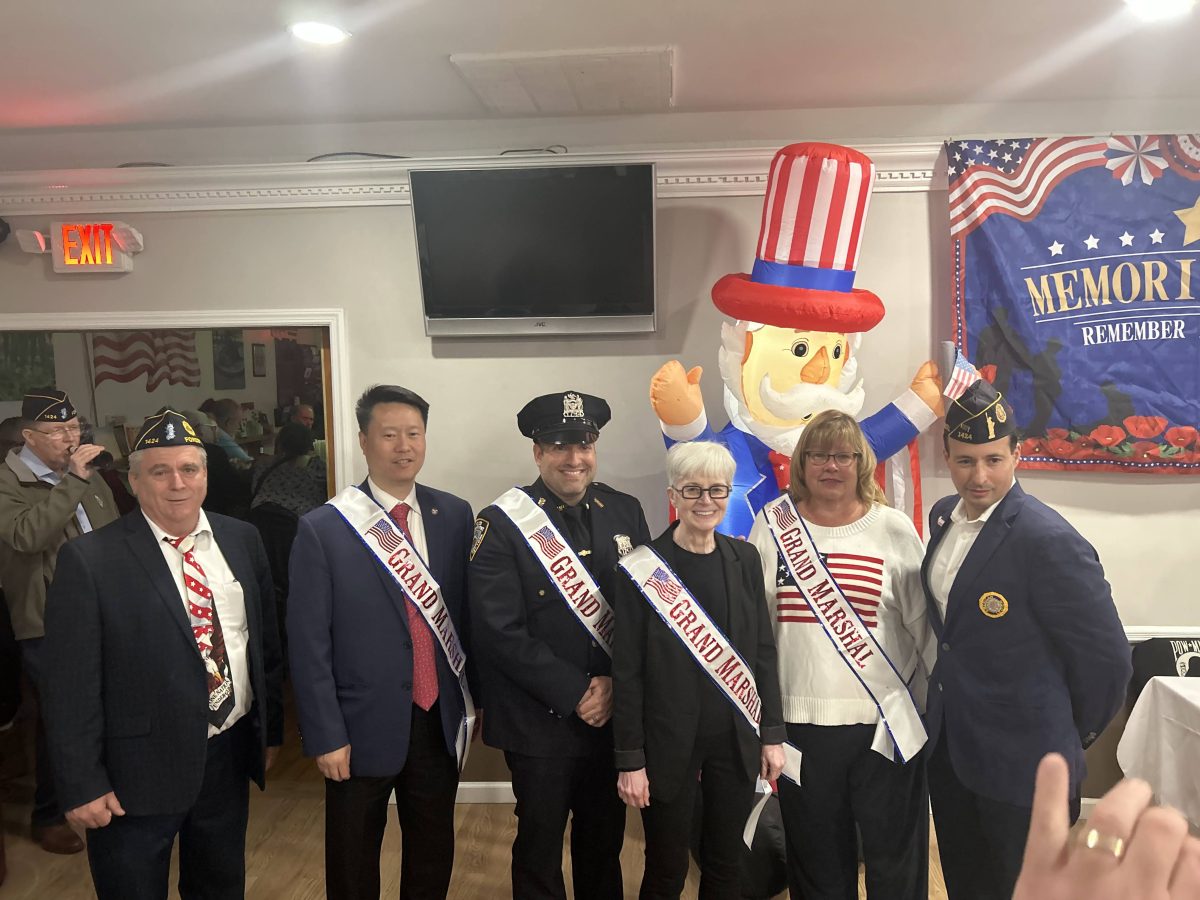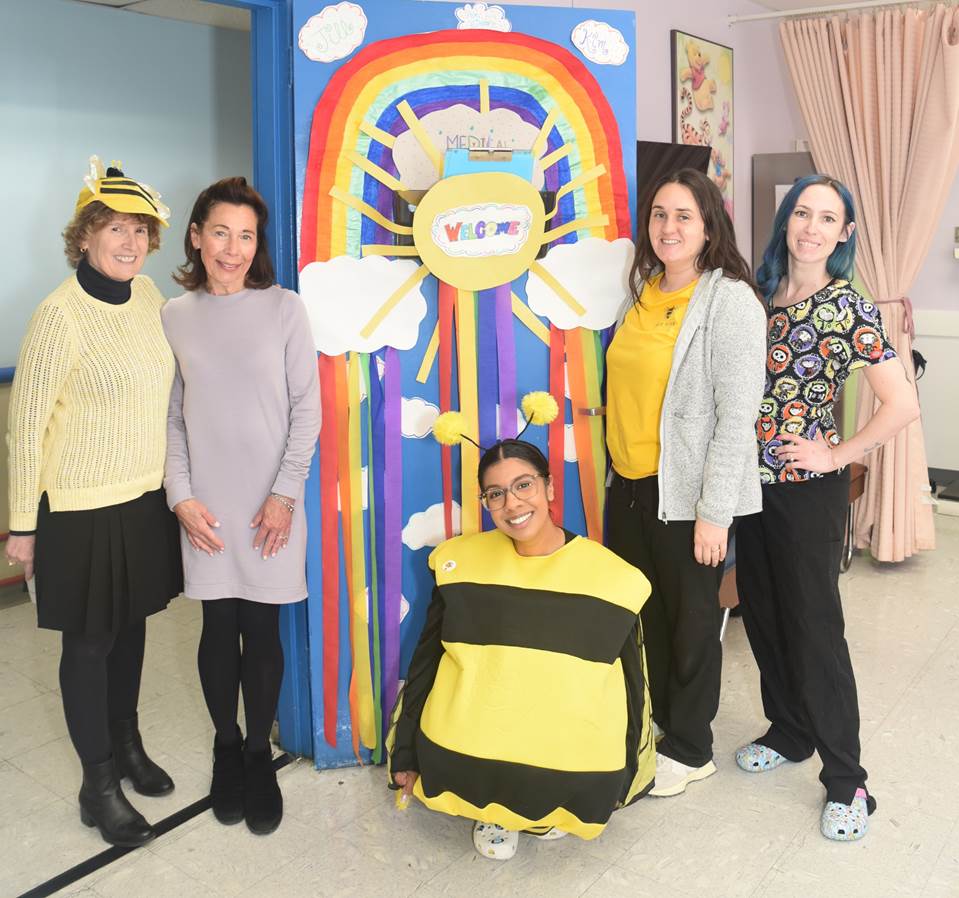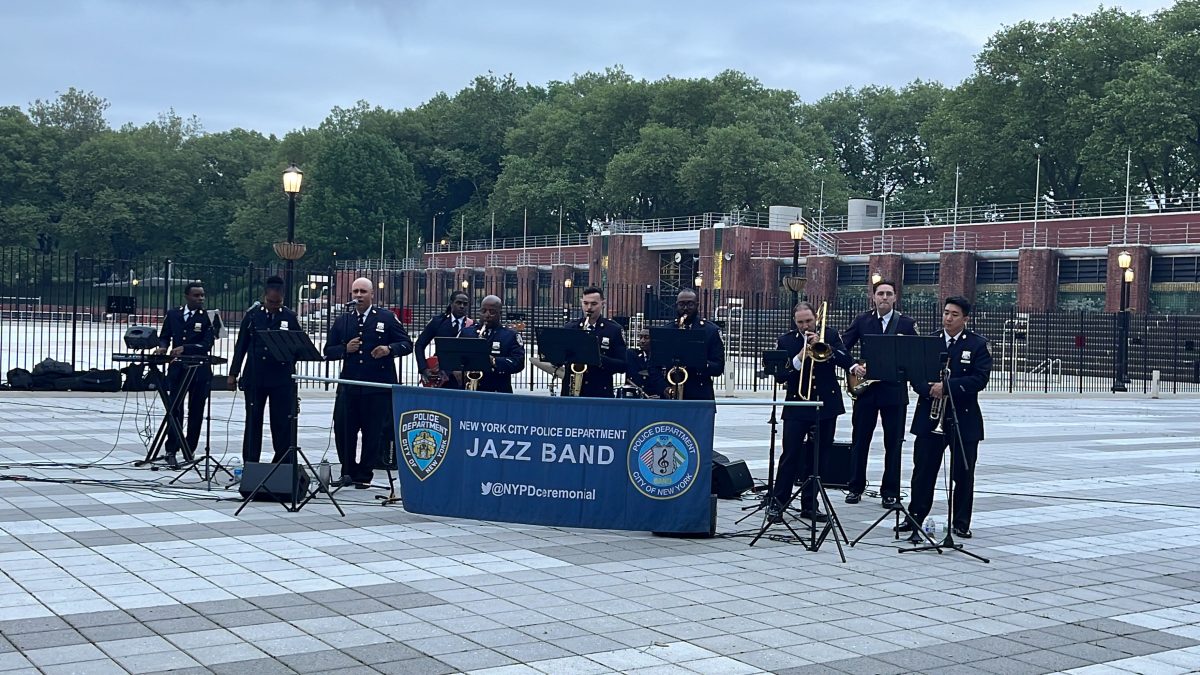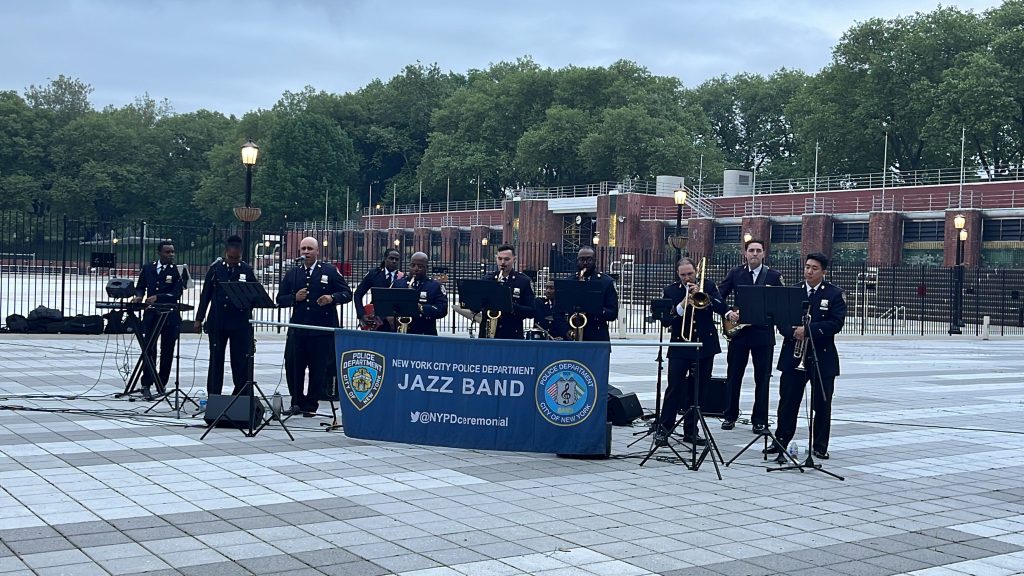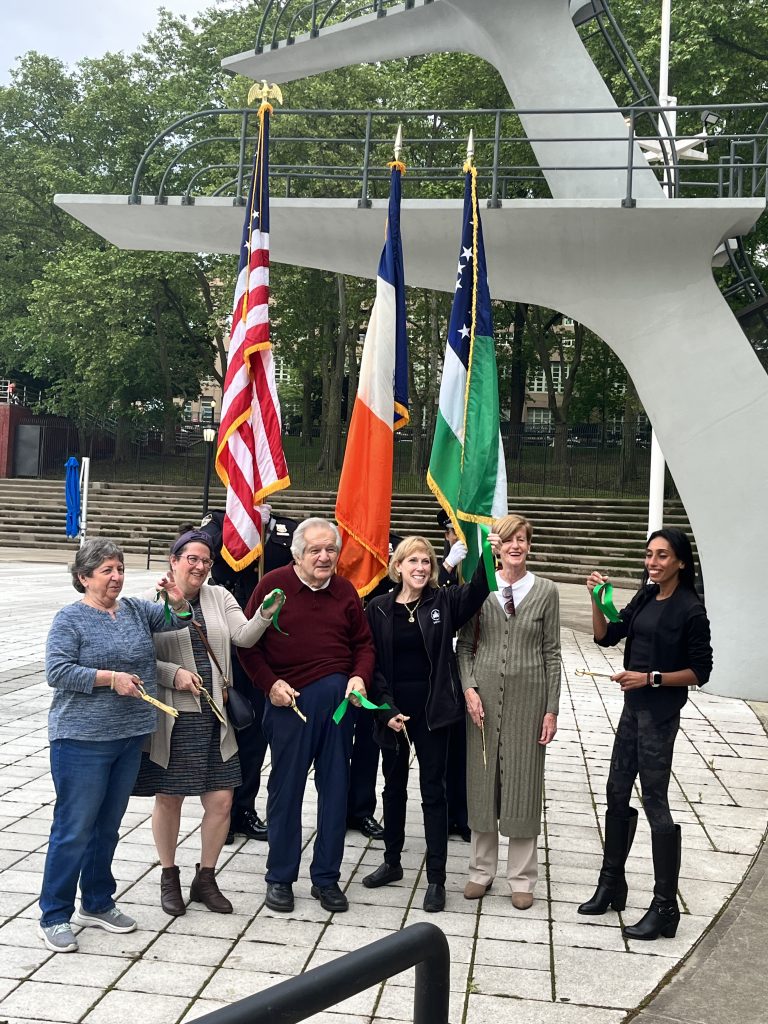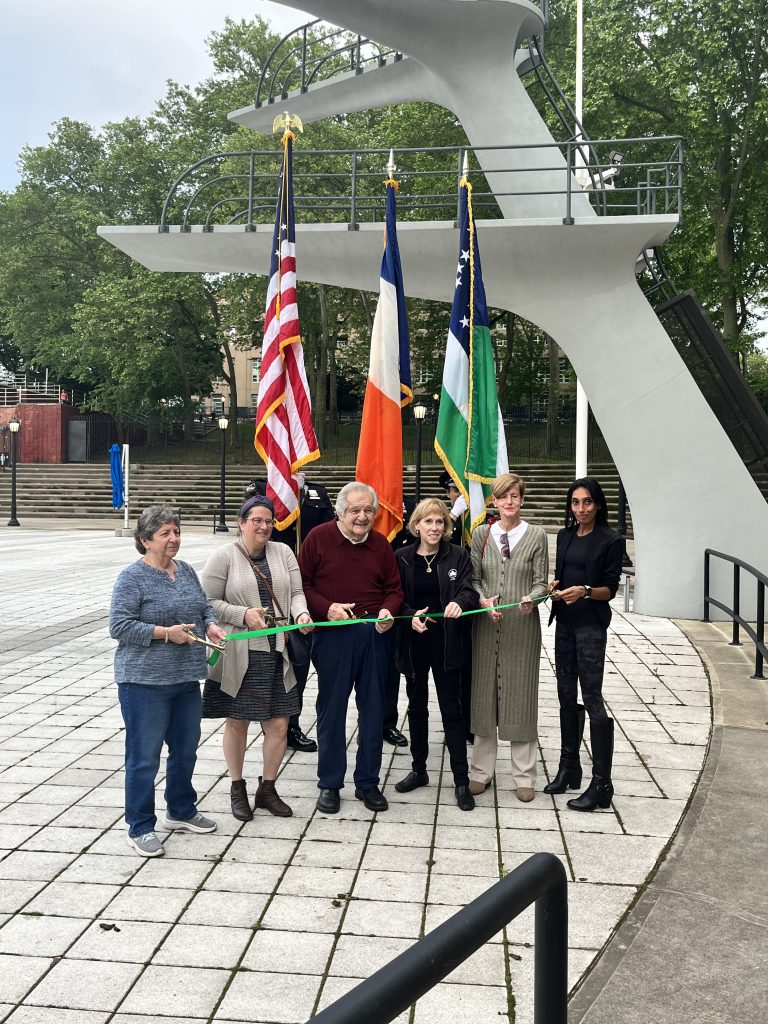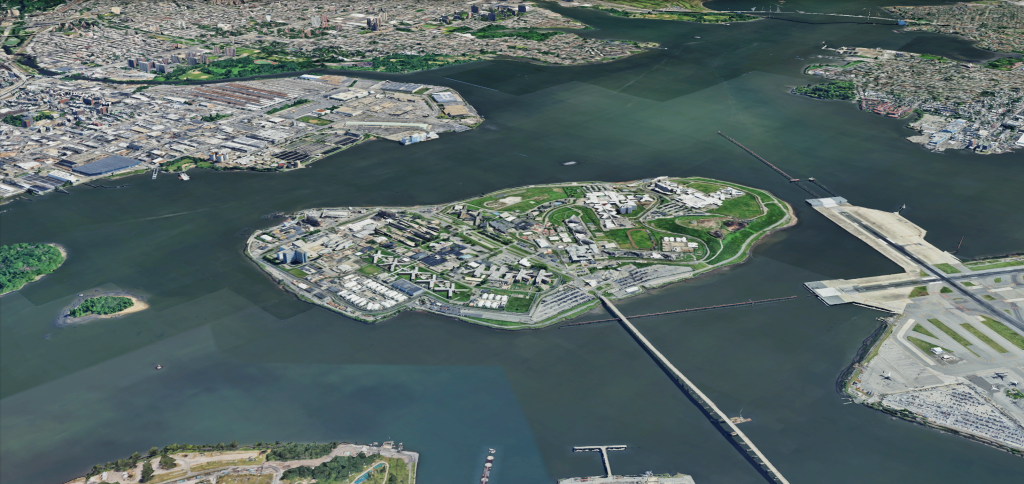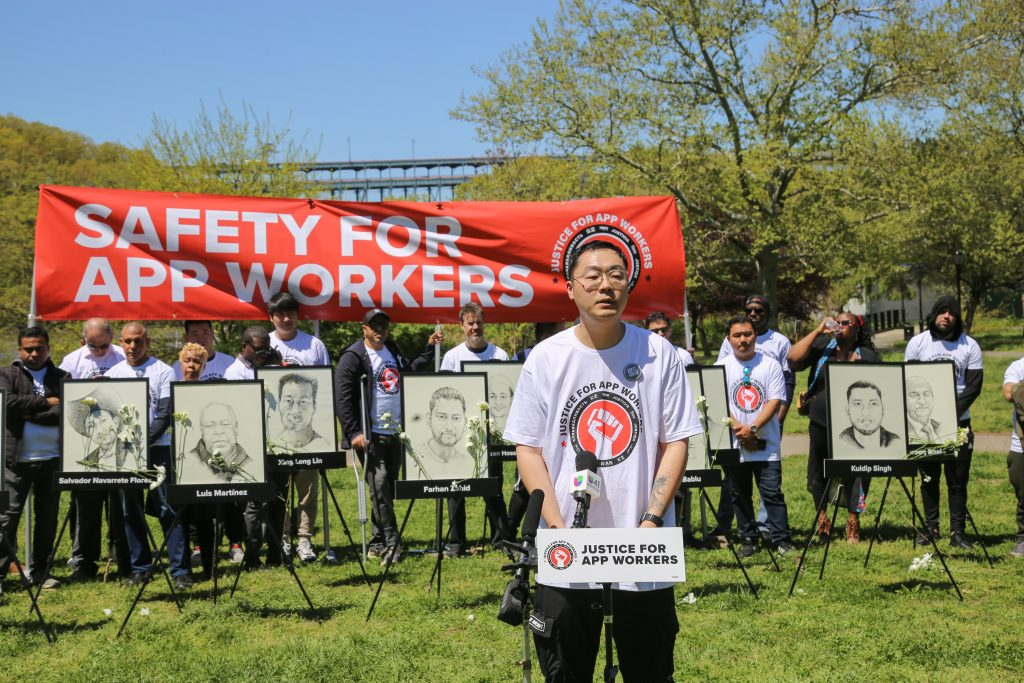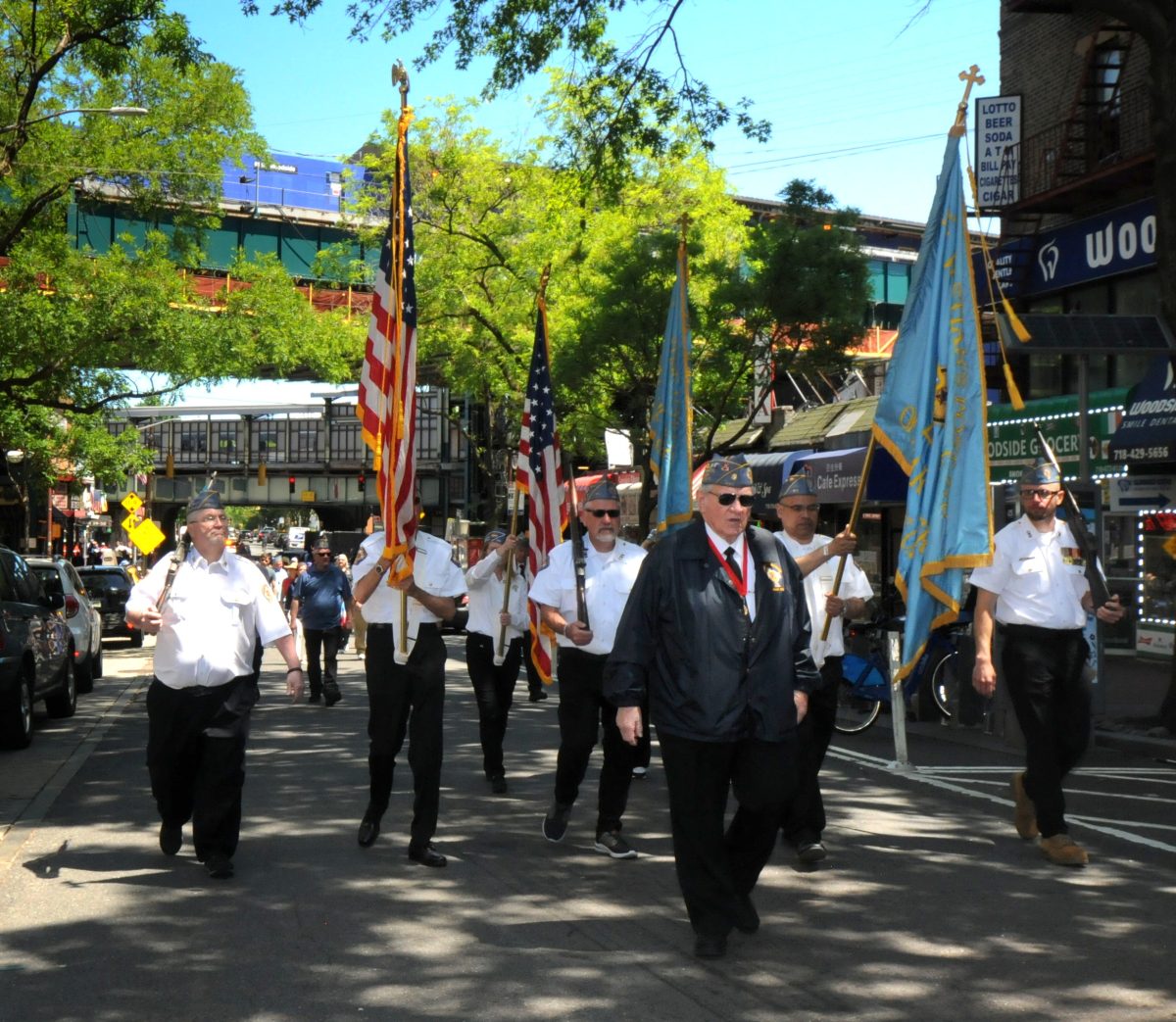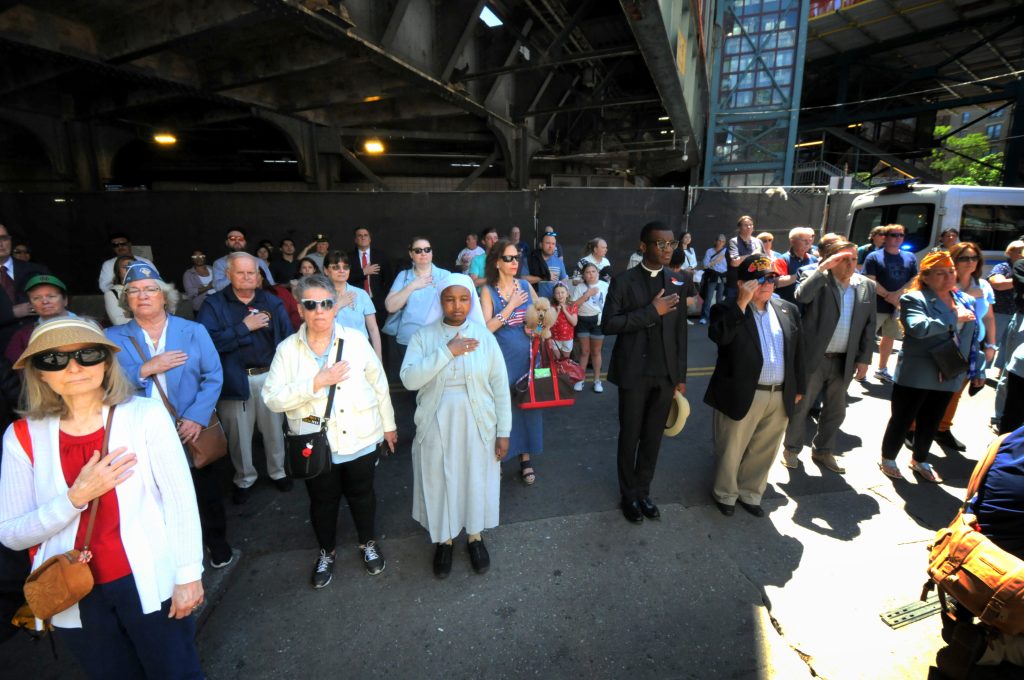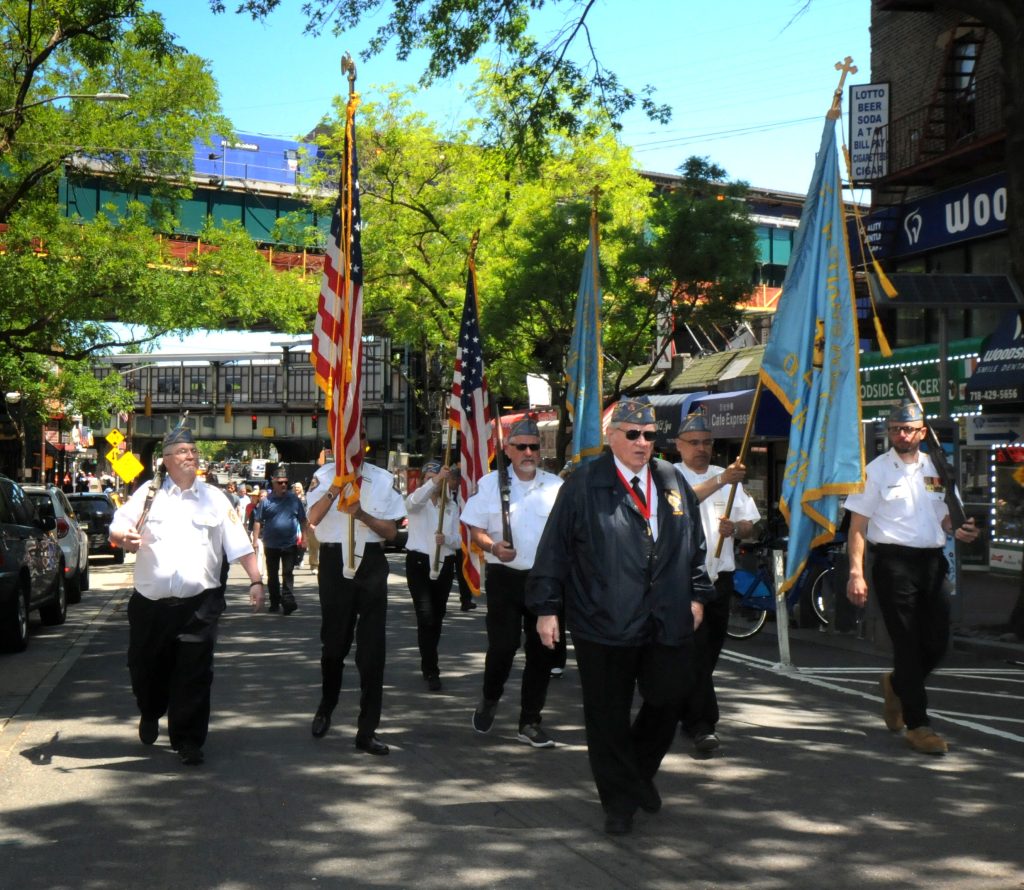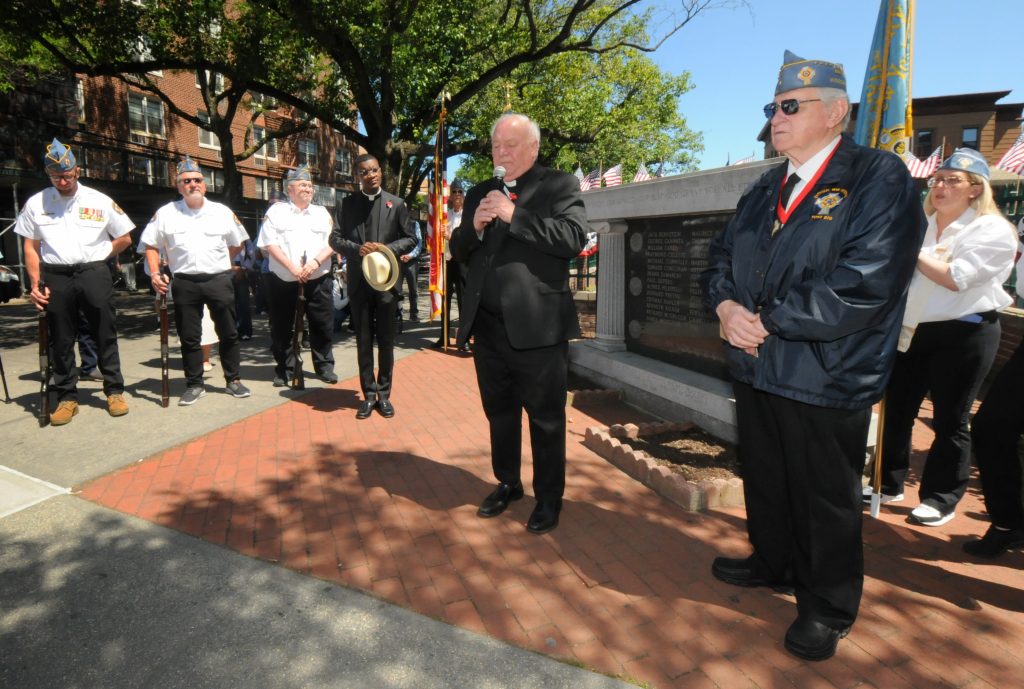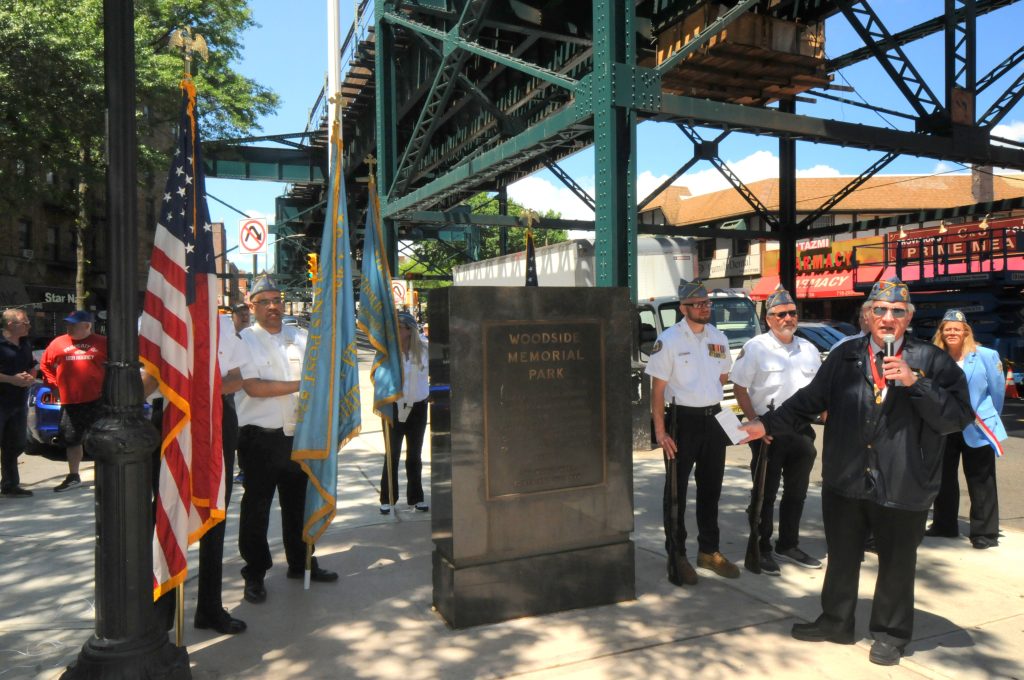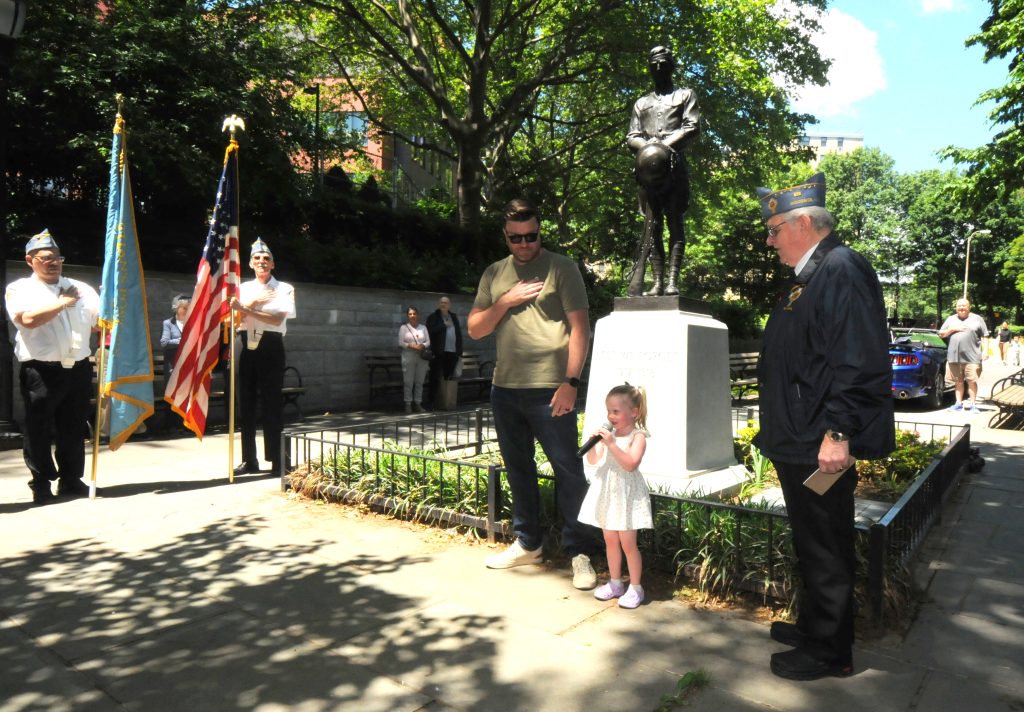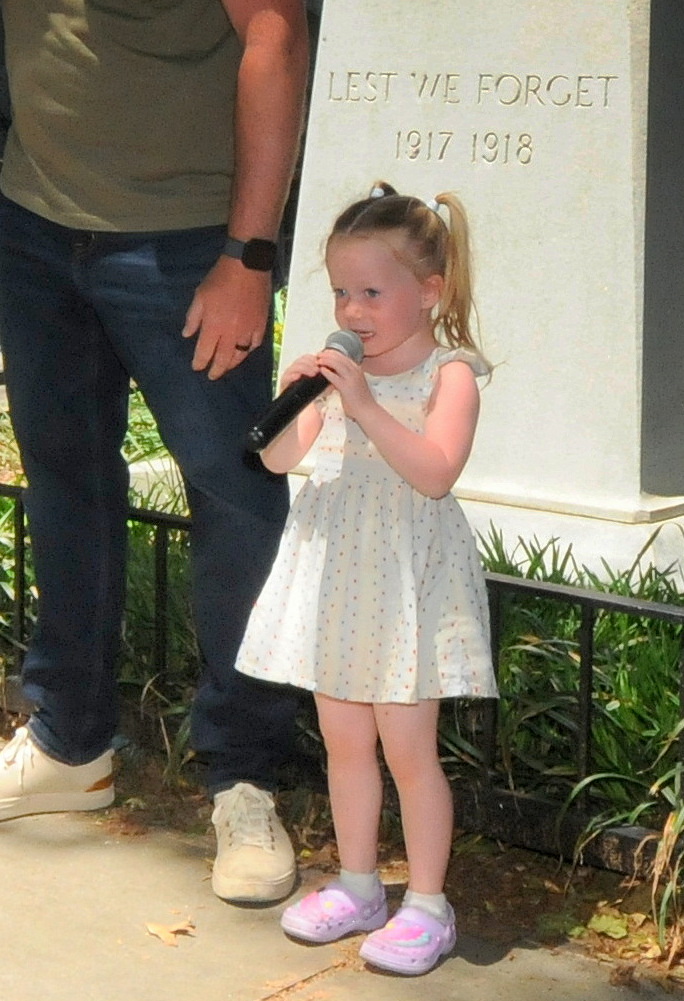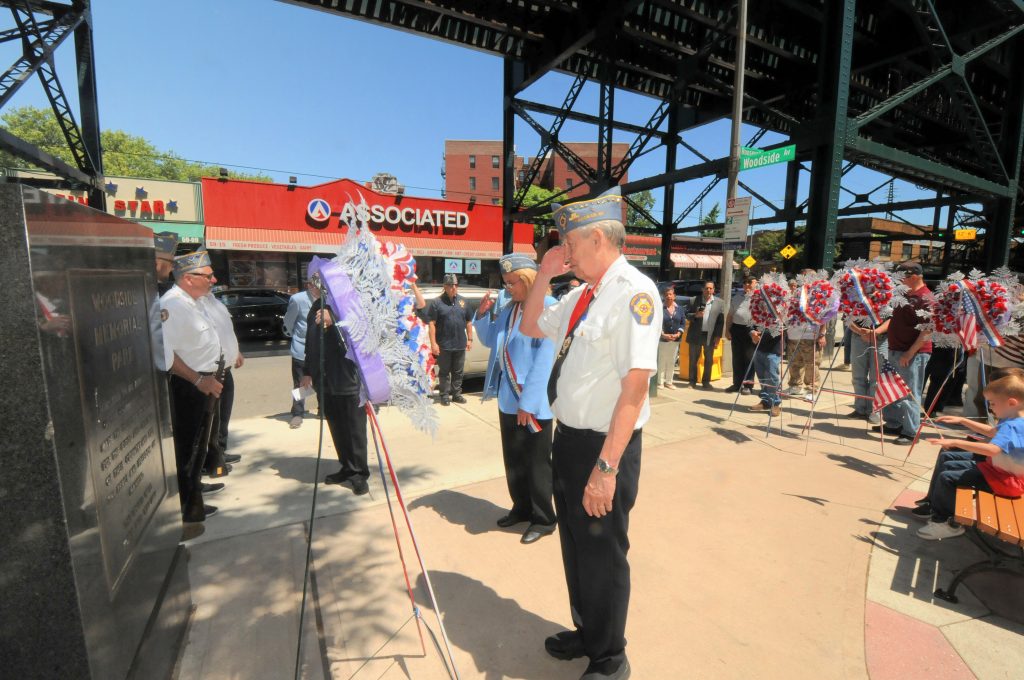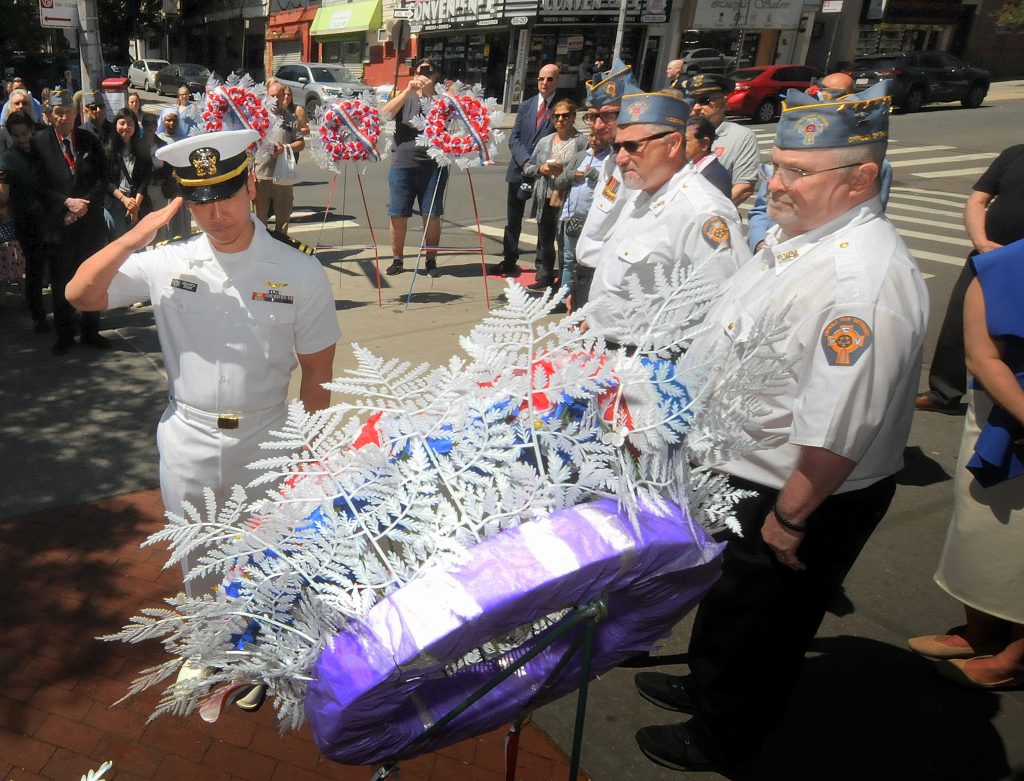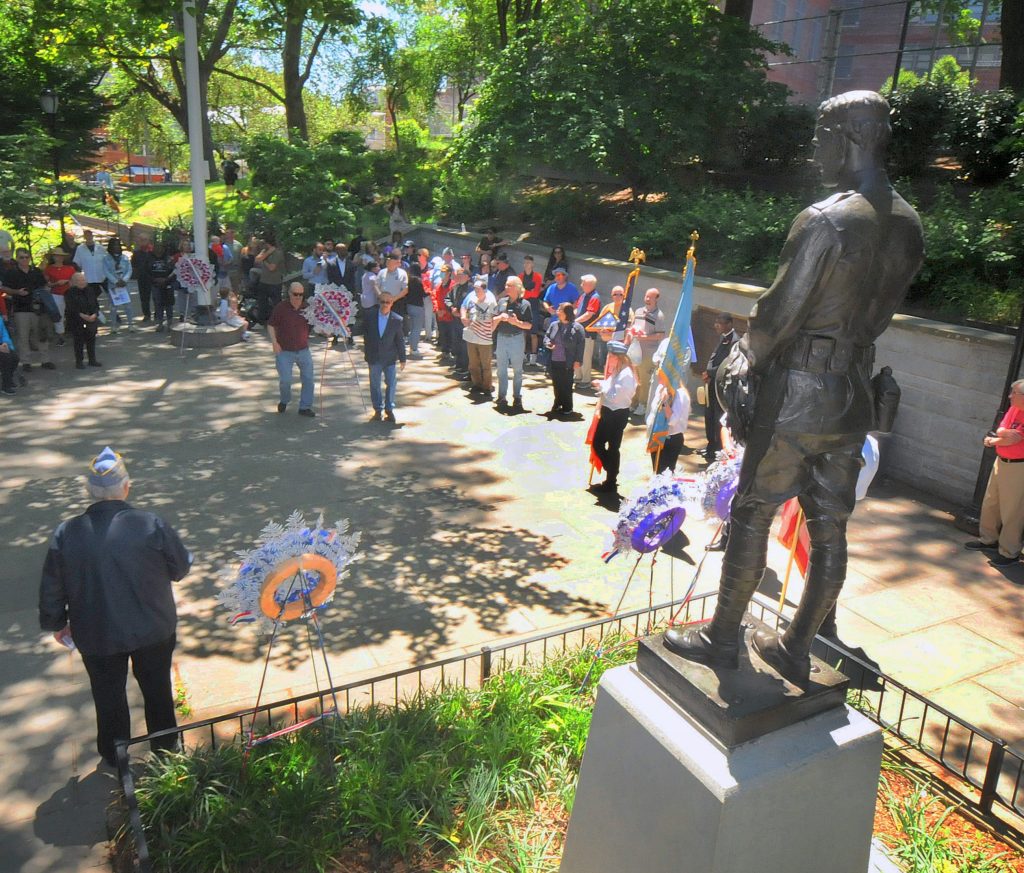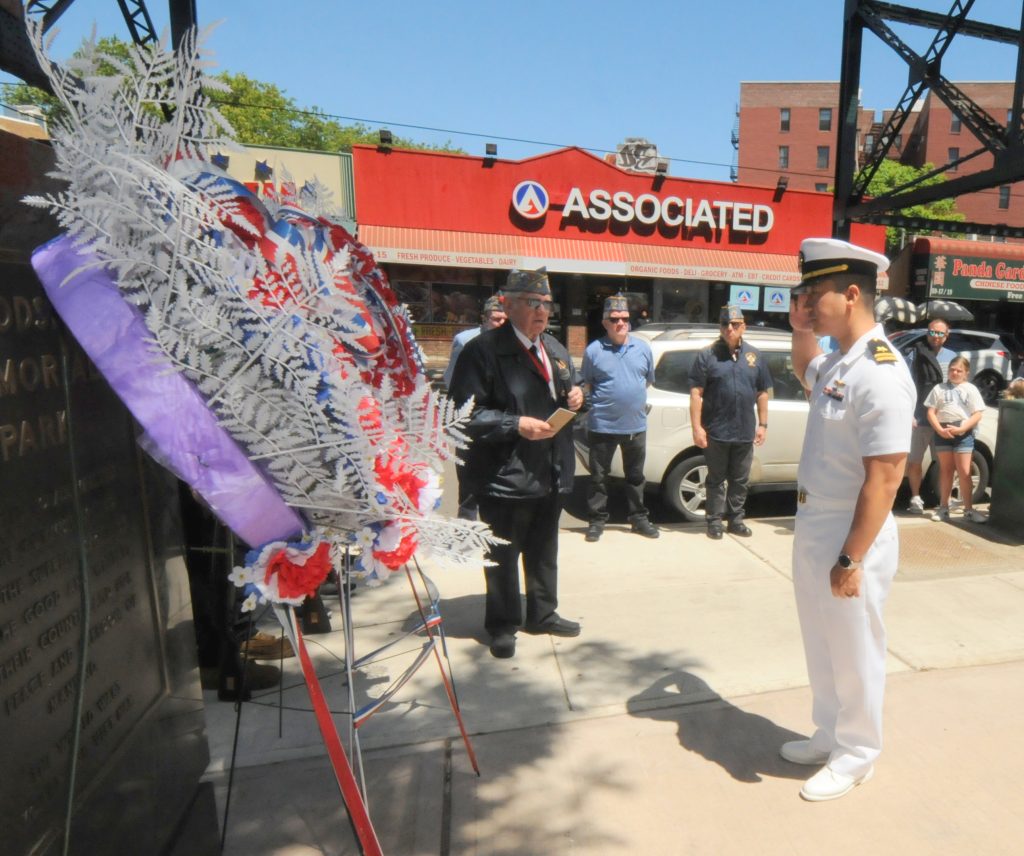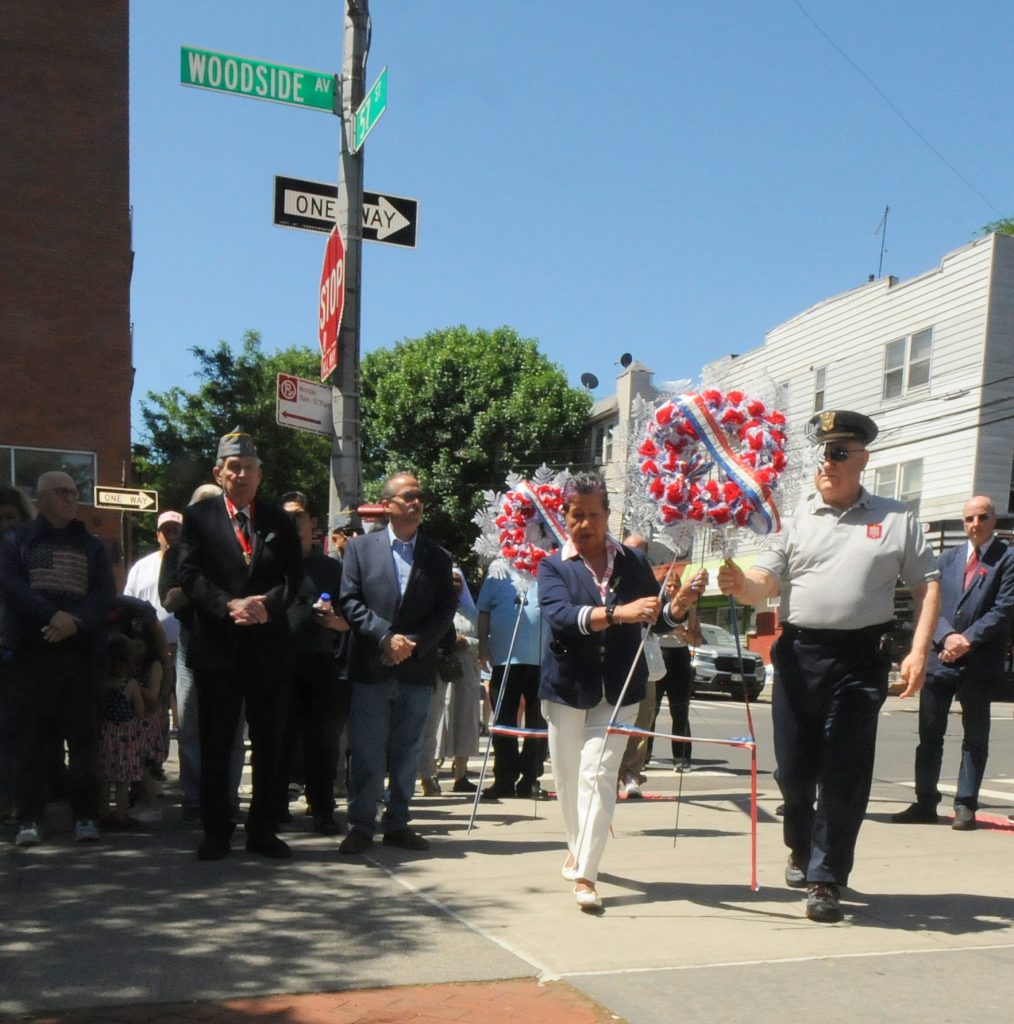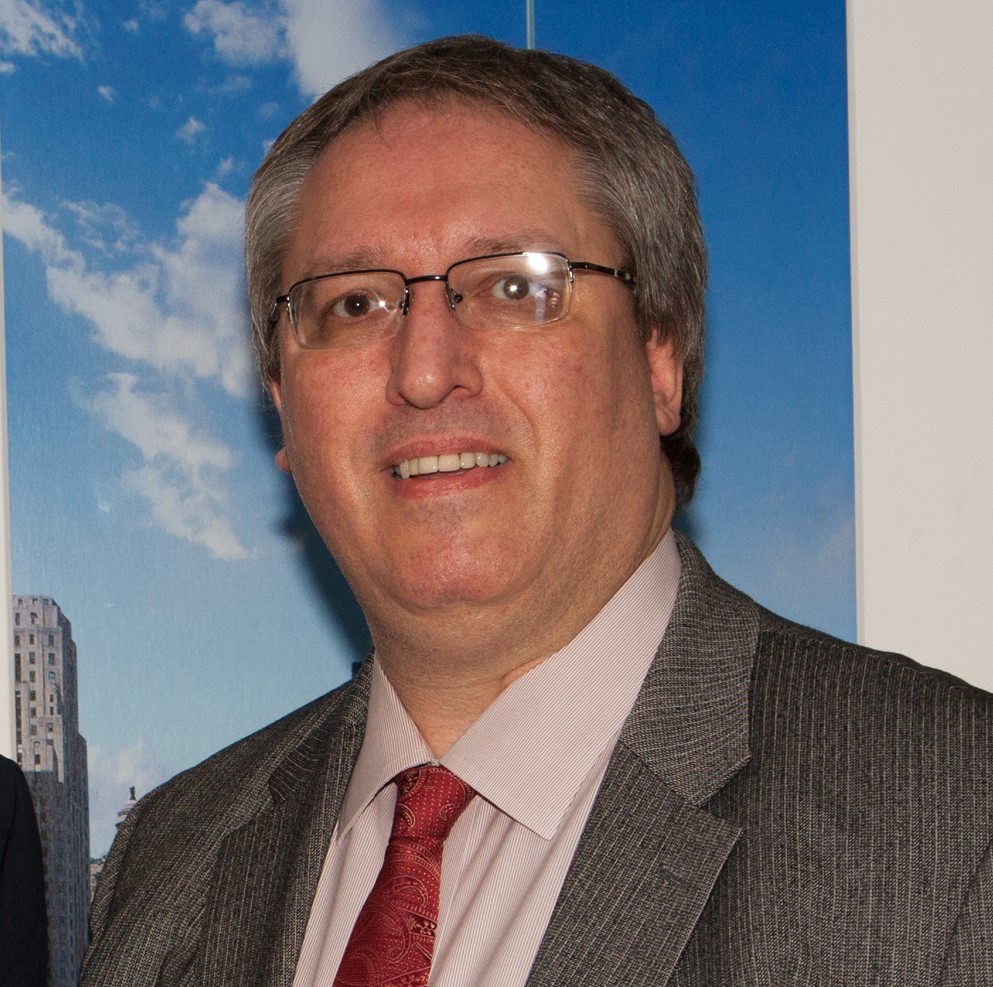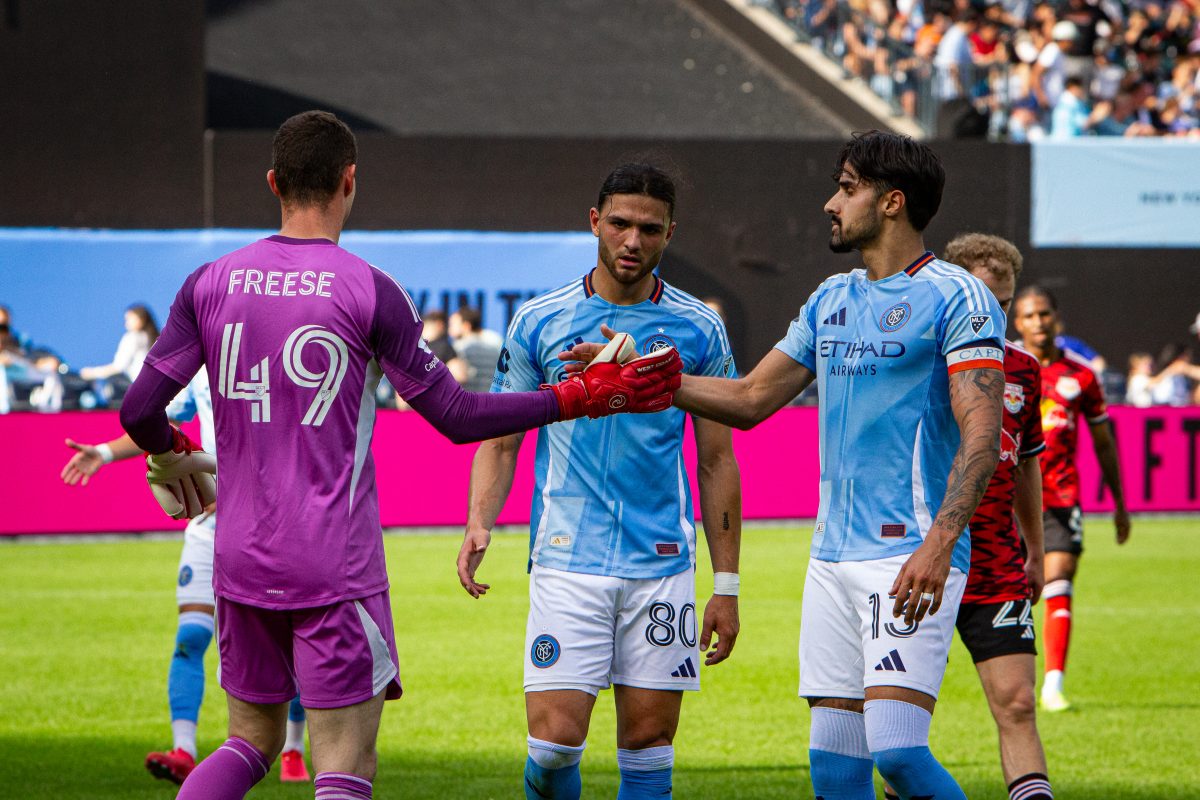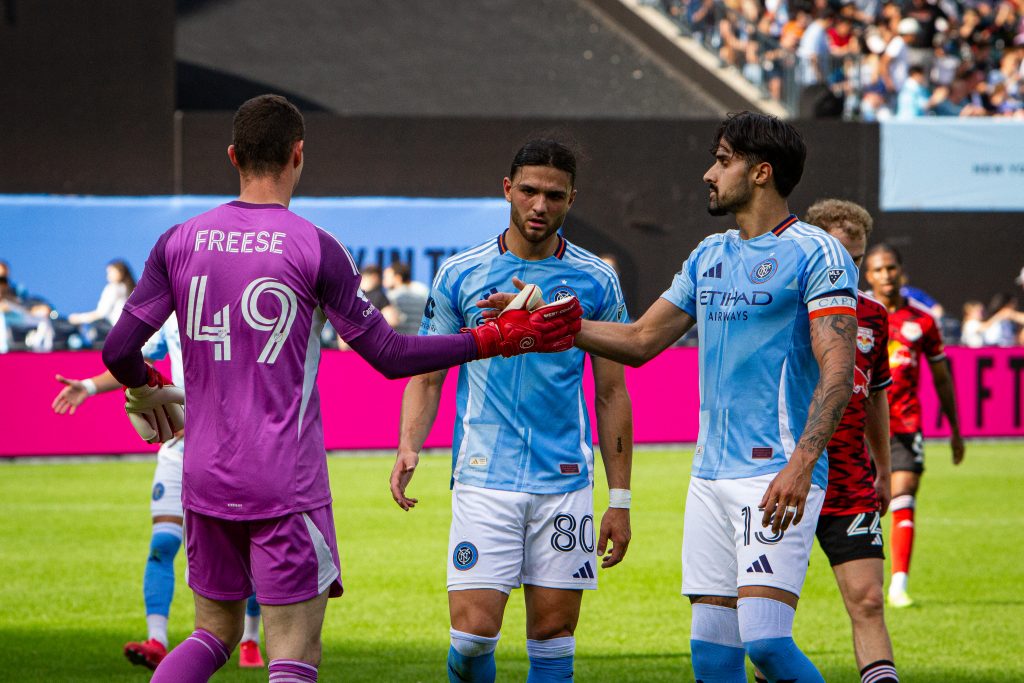Community Support Keeps Forest Hills Parade Tradition Alive

MOHAMED FARGHALY
mfarghaly@queensledger.com
Forest Hills Honors Sacrifice and Community at Memorial Day Parade
Forest Hills came together in heartfelt remembrance and celebration on Sunday, May 25, for the 2025 Memorial Day Parade, a cherished neighborhood tradition that marked its 60th year. With veterans, community leaders, and residents lining Metropolitan Avenue, the parade served as a poignant tribute to fallen service members while also highlighting the strength and unity of this vibrant Queens community.
The procession stepped off from the American Legion Continental Post No. 1424 and wound its way through the heart of Forest Hills, culminating at the historic Remsen Family Cemetery—final resting place of Revolutionary War soldiers. The solemn atmosphere at the cemetery underscored the parade’s purpose: honoring those who gave their lives in service to the nation.
This year’s Grand Marshals—community leader Ed Wong and U.S. Air Force veteran Bernadette Vermersch—led the parade with pride. Wong, a longtime civic advocate and co-founder of the Forest Hills Asian Association, was recognized for his decades of public service and community-building efforts. Vermersch, who served during the Vietnam era and is the first woman Grand Marshal in recent memory, reflected on her military service and lifelong ties to Forest Hills.
Joining them were NYPD Officer Christopher DeSantis of the 112th Precinct and Kathy Reddy, nursing director at Long Island Jewish Forest Hills Hospital.
Preceding the parade were two events celebrating the official kickoff: a private gathering at the West Side Tennis Club on May 14 and a public ceremony at the American Legion post on May 16. These events honored sponsors and supporters who help keep the parade alive through private donations, as the event remains independently funded.
Commander Michael Arcati, in his final month leading the post, emphasized the importance of community support. “Without our sponsors, it would be very difficult to put on a good show,” he said.
Navy sailors and Marines marched in the parade, joining local youth groups, civic organizations, and marching bands in a display of patriotism and community pride.


















